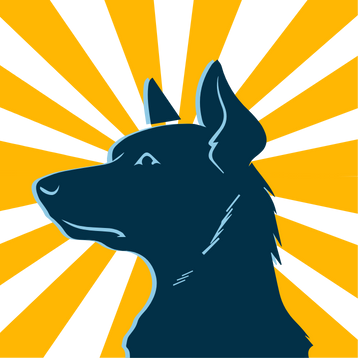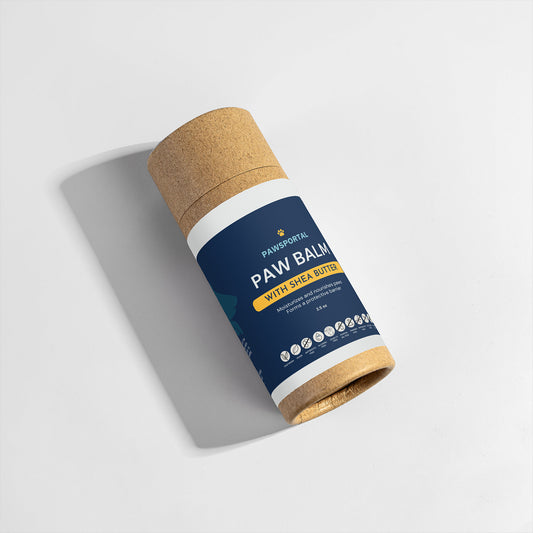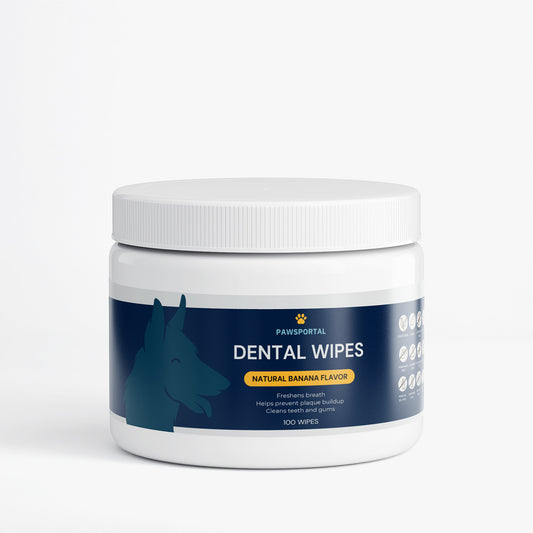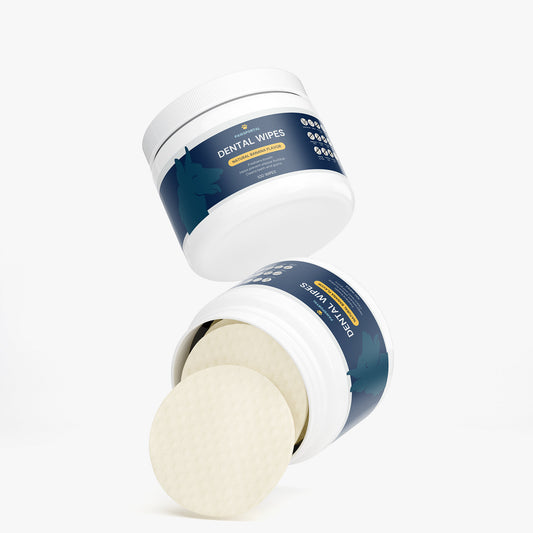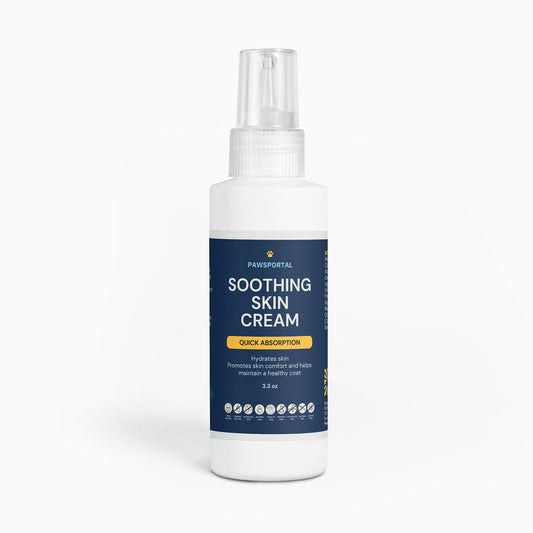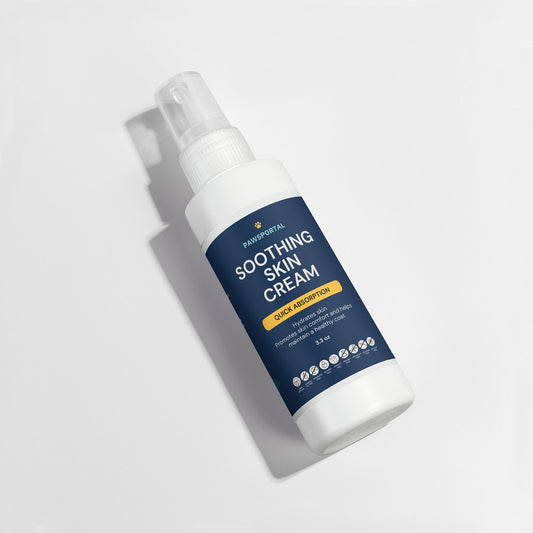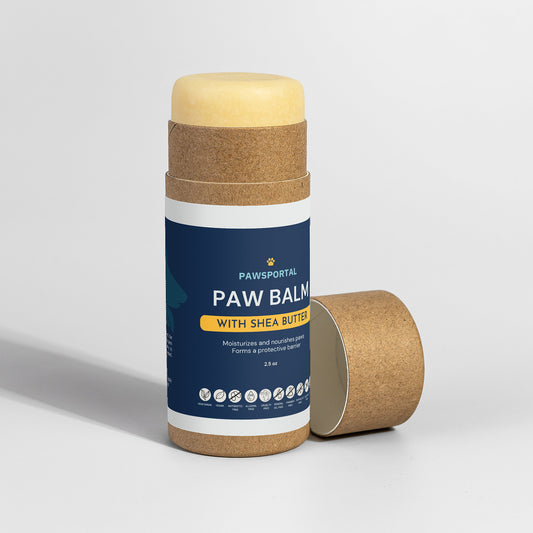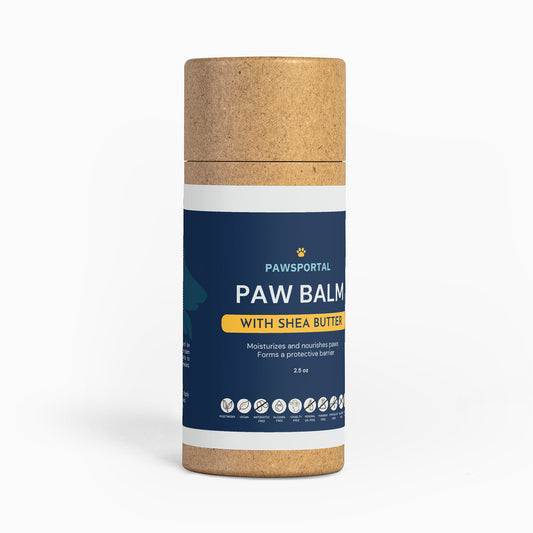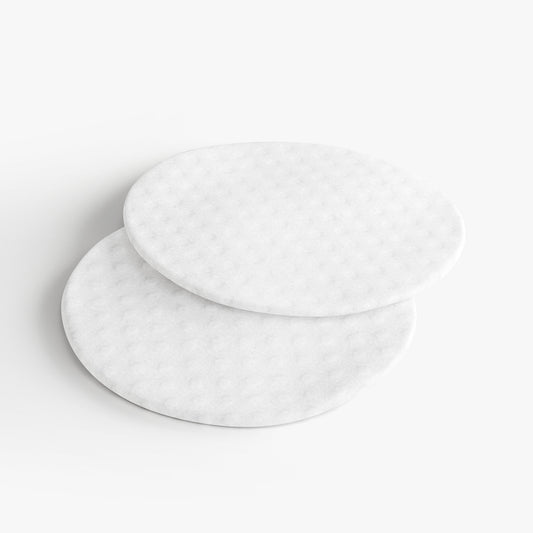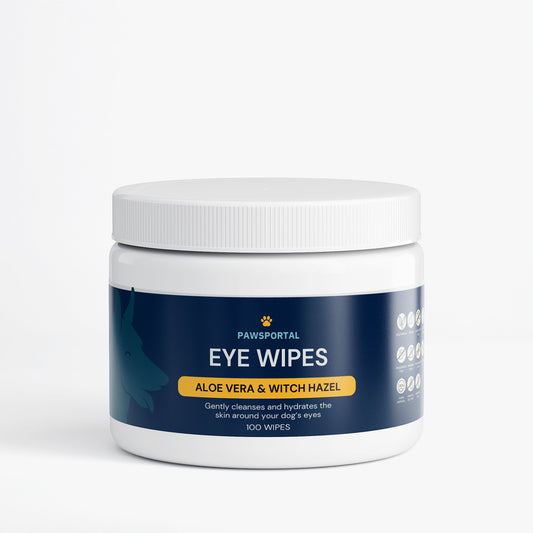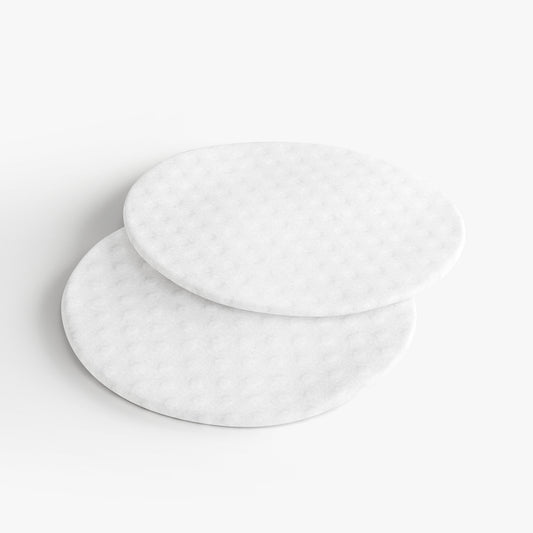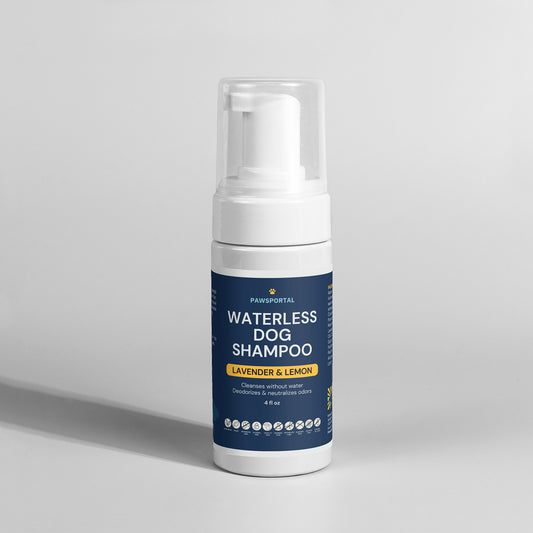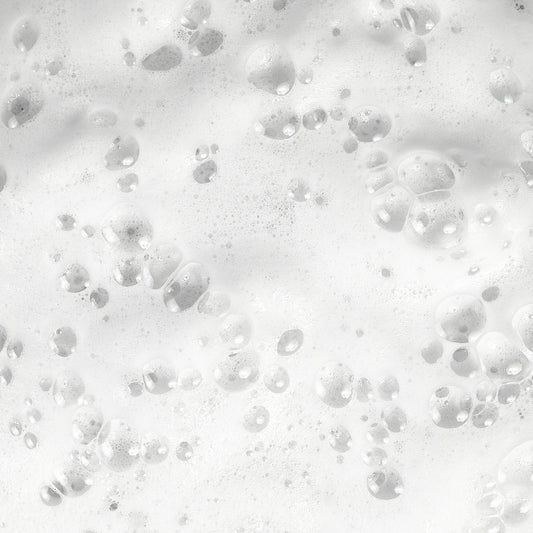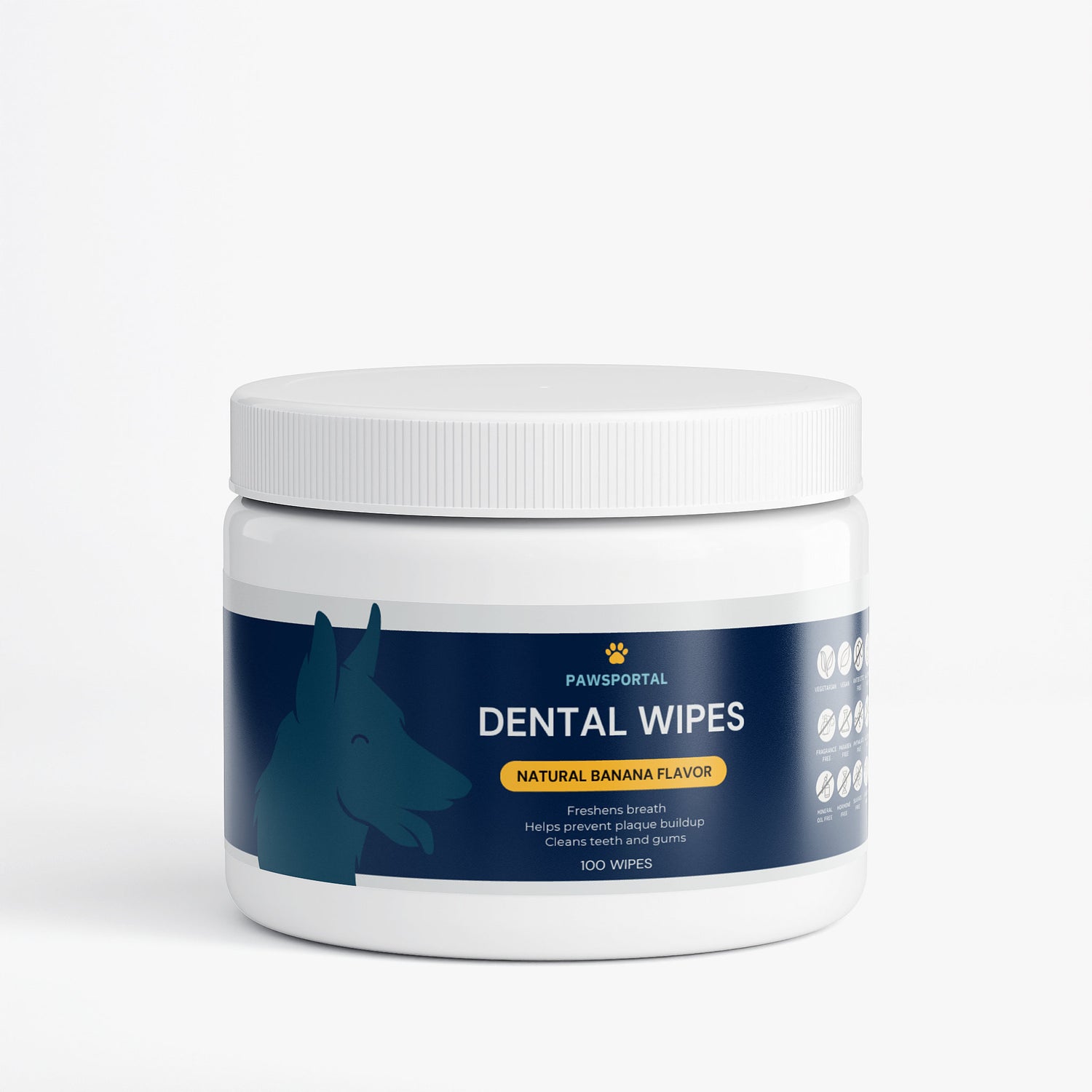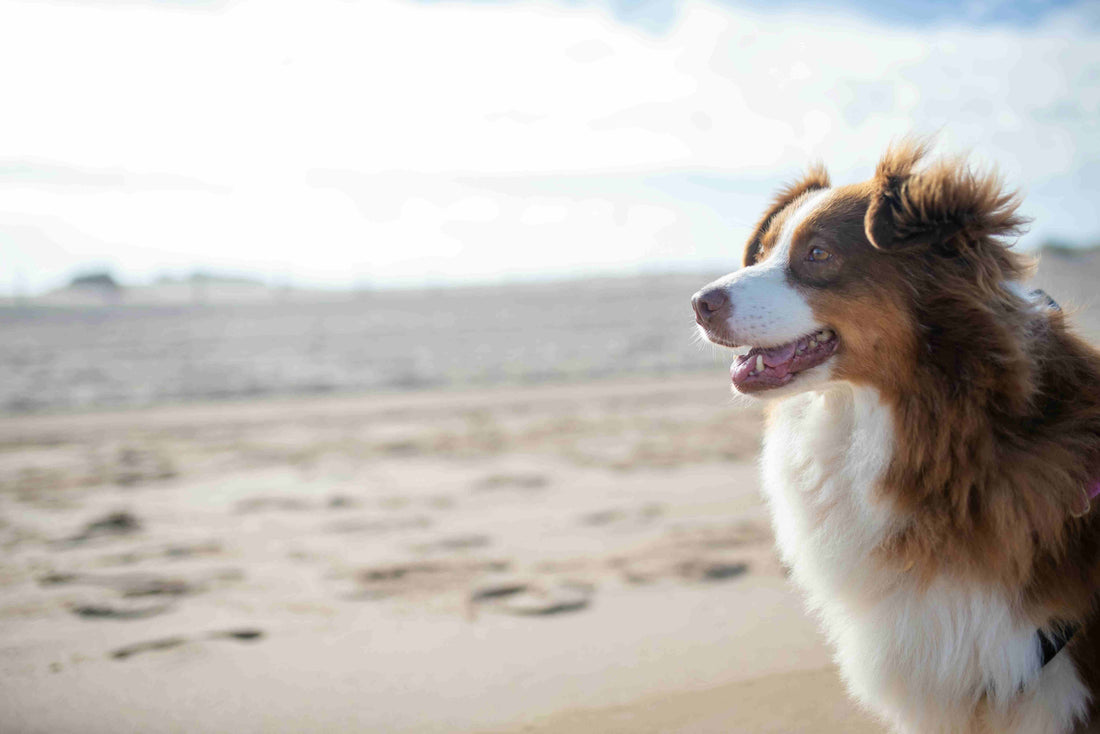
The Ultimate Guide to Australian Shepherds
Share
Australian Shepherds, lovingly known as "Aussies," are rapidly becoming one of America's favorite dog breeds—and with good reason. These intelligent, energetic companions are as versatile as they are beautiful. Did you know that despite their name, Australian Shepherds were actually developed in the western United States and have no direct connection to Australia? This fascinating breed combines striking looks with remarkable intelligence, ranking among the smartest dog breeds in the world. For the active millennial dog mom looking for a four-legged adventure partner, an Aussie might just be your perfect match.
This comprehensive guide will explore everything you need to know about these extraordinary companions—from their mysterious origins and distinctive physical traits to their unique health needs and how to provide them with the best holistic care possible.
______________________________________________________________________________________________

The Fascinating History of the Australian Shepherd
Despite what their name suggests, Australian Shepherds are as American as apple pie. The breed's history is somewhat mysterious, but most evidence points to their development in the Western United States during the 1800s and early 1900s. These dogs are believed to be descendants of herding dogs from Spain that made their way westward with imported sheep.
Some theories suggest these dogs had a brief stint in Australia before arriving in America, which may explain their misleading name. Another explanation is that they were associated with Basque shepherds who came from Australia to the United States in the 1800s.
Throughout the late 19th and early 20th centuries, American ranchers selectively bred these dogs to create versatile working companions that could handle the demands of farm life in the expanding American West. These hardworking herders gained popularity through their appearances in rodeos, where they showcased both their herding abilities and capacity to perform impressive tricks.
Interestingly, Australian Shepherds have gone by many names throughout history, including:
- Spanish Shepherds
- Pastor Dogs
- Bob-Tails
- Blue Heelers
- New Mexican Shepherds
- California Shepherds
______________________________________________________________________________________________
Physical Characteristics That Make Aussies Stand Out
Size and Build
Australian Shepherds are medium-sized dogs with athletic builds perfect for their working heritage. According to breed standards:
- Height: Males typically stand 20-23 inches tall, while females measure 18-21 inches
- Weight: Males weigh between 50-65 pounds, and females range from 40-55 pounds
- Lifespan: A healthy Aussie typically lives 12-15 years
Their bodies are well-balanced with strong, straight backs and deep chests featuring well-sprung ribs—all traits that contribute to their remarkable agility and endurance.
Those Mesmerizing Eyes
One of the most striking features of Australian Shepherds is their captivating eyes. Aussies often have heterochromia—different colored eyes—which is relatively rare in dogs but common in this breed. Their eyes might be:
- Brown
- Blue
- Amber
- Hazel
- Green
- Or fascinating combinations and patterns of these colors
Legend has it that Native Americans called blue-eyed Australian Shepherds "ghost eye" and considered them sacred, believing they could see into the spirit world. Some even believed dogs with heterochromia could see both heaven and earth simultaneously.
Distinctive Coat Colors and Patterns
Australian Shepherds boast beautiful double coats with medium-length fur that comes in various striking combinations:
- Black
- Red
- Blue merle (a mottled pattern of dark patches on a lighter background)
- Red merle
- All of these may appear with or without white markings and tan points
Their coats tend to have a weather-resistant undercoat that varies in thickness depending on climate. Perhaps most interestingly, merle-colored Aussies often darken with age, creating a constantly evolving appearance.
The Natural Bobbed Tail
Approximately one in five Australian Shepherds is born with a naturally bobbed tail due to a dominant gene. This trait earned them one of their nicknames—"Bob-Tails"—and was historically favored by ranchers as it provided added safety when herding livestock.
______________________________________________________________________________________________
Temperament and Personality: What to Expect
Intelligent and Driven
Australian Shepherds consistently rank among the most intelligent dog breeds in the world. They can:
- Learn commands faster than most breeds
- Master tasks with fewer repetitions
- Solve complex problems (sometimes to their owners' dismay, like figuring out how to open doors or leap over baby gates)
This intelligence is coupled with a strong work ethic—Aussies thrive when given jobs to do and can become listless or destructive without adequate mental stimulation.
Active and Energetic
If there's one word that defines Australian Shepherds, it's "energy." These dogs were bred to work tirelessly on ranches and farms, and that drive remains firmly embedded in their DNA. They require at least 2 hours of vigorous exercise daily to stay healthy and balanced.
Without sufficient physical and mental exercise, an Aussie might redirect their energy into less desirable behaviors like:
- Excessive barking
- Destructive chewing
- Digging
- Herding family members (including children)
Loyal and Protective
Australian Shepherds form strong bonds with their families and tend to be protective of their "flock." While they're not considered aggressive dogs, they will alert you to strangers approaching your home. This loyalty has earned them the nickname "Velcro dogs" because they often stick close to their favorite humans, sometimes leading to separation anxiety if not properly managed.
Social Nature
Despite their working heritage, Aussies are known for being affectionate companions. They generally get along well with children and other pets, especially when properly socialized from a young age. However, their herding instincts might lead them to chase moving objects, including cars, cyclists, and small animals.
______________________________________________________________________________________________
Exercise and Enrichment: Meeting Your Aussie's Needs
Physical Exercise Requirements
Australian Shepherds have extraordinary energy levels and require substantial daily exercise. Here's what your Aussie needs:
- At least 2 hours of active exercise daily (ideally more)
- A mix of activities including running, swimming, hiking, or playing fetch
- Access to secure, open spaces where they can run safely
- Regular outdoor adventures that challenge them physically
For millennial dog moms with active lifestyles, Aussies make perfect hiking, camping, and running companions. Their athleticism and endurance mean they can keep up with (and often outpace) even the most active humans.
Mental Stimulation: As Important as Physical Exercise
Perhaps even more crucial than physical exercise is mental stimulation. These highly intelligent dogs need to exercise their brains as much as their bodies. Consider incorporating:
- Training sessions (trick training, obedience, advanced commands)
- Puzzle toys and food-dispensing toys
- Scent work activities
- Hide-and-seek games
- Rotating new toys to prevent boredom
Dog Sports and Activities
Australian Shepherds excel in numerous canine sports, making these activities perfect for the adventure-loving millennial and her four-legged companion:
- Agility
- Flyball
- Disc dog competitions
- Dock diving
- Herding trials
- Obedience competitions
- Rally
- Scent work
These activities not only provide excellent physical exercise but also strengthen the bond between you and your Aussie while channeling their natural instincts in positive ways.
______________________________________________________________________________________________

Health Considerations for Your Australian Shepherd
Common Health Issues
While Australian Shepherds are generally healthy dogs with good longevity, they are predisposed to certain health issues that responsible owners should be aware of:
- Hip and elbow dysplasia
- Eye conditions (cataracts, Collie Eye Anomaly)
- Epilepsy
- Multi-Drug Sensitivity (MDR1 gene)
- Hearing and vision issues (especially in merle-colored dogs)
Holistic Health Approaches
For the holistic-minded dog mom, there are several complementary approaches to support your Aussie's wellness alongside traditional veterinary care:
Nutrition and Supplements:
- High-quality, protein-rich diet appropriate for active breeds
- Omega-3 fatty acids for coat and joint health
- Glucosamine and chondroitin supplements for joint support
- Probiotics for digestive health
Alternative Therapies:
- Acupuncture for pain management and overall wellness
- Massage techniques to relieve muscle tension from athletic activities
- Chiropractic care for active dogs (especially those involved in agility)
- Herbal supplements that support specific health concerns
Preventative Care:
- Regular veterinary check-ups (at least annually)
- Appropriate vaccination schedule (discuss with your vet)
- Regular dental care
- Consistent parasite prevention
Remember that holistic care should complement, not replace, traditional veterinary medicine. Always consult with your veterinarian before implementing new supplements or alternative therapies.
______________________________________________________________________________________________
Grooming and Maintenance: Keeping Your Aussie Looking Their Best
Coat Care
Australian Shepherds have beautiful double coats that require regular maintenance:
- Brush at least weekly (daily during shedding seasons) to prevent matting
- Use appropriate tools like slicker brushes and undercoat rakes
- Bathe every 2-3 months, or when necessary, using dog-specific shampoos
- Be prepared for heavy shedding twice yearly when they "blow" their undercoats
Many Aussie owners report that despite the official "twice-yearly" heavy shedding periods, these dogs tend to shed moderately year-round, so consistent grooming is essential.
Other Grooming Needs
Beyond coat care, your Australian Shepherd will need:
- Regular nail trimming (every 3-4 weeks)
- Ear cleaning to prevent infections
- Teeth brushing to maintain dental health
- Paw pad checks, especially for active dogs who hike or run on varied terrain
______________________________________________________________________________________________
Training Your Australian Shepherd: Tips for Success
Start Early and Be Consistent
Australian Shepherds are highly trainable but need clear boundaries and consistent rules. Begin training as soon as you bring your Aussie home and:
- Use positive reinforcement techniques
- Keep training sessions short but frequent
- Be clear and consistent with commands
- Avoid harsh corrections, which can damage your bond
Socialization Is Crucial
Proper socialization helps your Aussie develop into a well-adjusted companion:
- Expose them to various people, animals, environments, and situations during their first 4 months
- Attend puppy socialization classes
- Arrange playdates with other well-behaved dogs
- Practice calm greetings with new people
Channel Their Herding Instincts
Rather than trying to eliminate their natural herding tendencies, channel these instincts into appropriate activities:
- Herding classes (even urban areas often have them)
- Treibball (a sport where dogs herd large exercise balls)
- Frisbee and fetch games
- Hide-and-seek with toys
______________________________________________________________________________________________
 Nutrition: Fueling Your Active Aussie
Nutrition: Fueling Your Active Aussie
Dietary Needs
Australian Shepherds thrive on high-quality diets that support their active lifestyle:
- Protein-rich foods (approximately 25-30% protein) to support muscle maintenance
- Moderate to high fat content (15-20%) for sustained energy
- Complex carbohydrates for quick energy during activities
- Appropriate calorie intake based on activity level and age
Whether you choose commercial foods, raw diets, or home-cooked meals, ensure your Aussie's diet is complete and balanced.
Holistic Nutrition Approaches
For the holistic-minded dog mom, consider these nutrition strategies:
- Whole food ingredients rather than highly processed options
- Natural preservatives instead of artificial ones
- Limited ingredient diets if your Aussie has sensitivities
- Appropriate supplements based on your dog's specific needs
When exploring holistic nutrition options, consult with a veterinary nutritionist to ensure your dog's diet meets all their nutritional requirements.
______________________________________________________________________________________________
Living with an Australian Shepherd: Lifestyle Compatibility
Home Environment
Australian Shepherds adapt best to homes with:
- Adequate space (they're not well-suited to apartment living)
- Secure fencing (they can be escape artists)
- Shaded outdoor areas for play
- Safe spaces for rest and relaxation
While Aussies traditionally thrive in rural settings, they can adapt to suburban environments if their exercise and mental stimulation needs are met consistently.
Family Dynamics
Aussies typically integrate well into various family structures:
- They form strong bonds with children when properly socialized
- They can get along with other pets, though their herding instincts may need management
- They adapt well to active families but may struggle with households where they're left alone for long periods
For busy millennial dog moms, consider:
- Dog walkers or pet sitters for workdays
- Doggy daycare for socialization and exercise
- Interactive toys for times when you're away
- Creating a routine that includes quality time with your Aussie
______________________________________________________________________________________________
Is an Australian Shepherd Right for You?
Before bringing an Aussie into your life, honestly assess:
Do you have:
- Time for 2+ hours of daily exercise?
- Patience for training a highly intelligent but sometimes challenging dog?
- Willingness to deal with shedding and regular grooming?
- Experience with active, working breeds?
- A lifestyle that can include your dog in activities?
Australian Shepherds are not the right fit for everyone. They need engaged owners who can match their energy and provide consistent mental stimulation. However, for the right person—like an active millennial who loves the outdoors and wants a canine companion for adventures—an Aussie can be the perfect forever friend.
______________________________________________________________________________________________
Taking the Next Steps: Bringing an Aussie Into Your Life
If you've decided an Australian Shepherd is right for you, consider:
- Research reputable breeders who perform health testing for common conditions or explore Aussie-specific rescues
- Prepare your home with appropriate spaces, toys, and training tools
- Connect with Australian Shepherd communities online to learn from experienced owners
- Find a veterinarian familiar with the breed and open to discussing both conventional and holistic approaches
- Invest in quality training resources specific to high-energy, intelligent herding breeds
Remember that bringing an Aussie into your life is a 12-15 year commitment to an intelligent, energetic companion who will challenge you, amaze you, and fill your days with adventure.
______________________________________________________________________________________________
The Aussie Adventure Awaits
Australian Shepherds are extraordinary dogs that offer endless love, energy, and intelligence to the right owner. For the active millennial dog mom seeking a true companion for life's adventures, an Aussie can be the ideal partner—ready to tackle hiking trails, camping trips, dog sports, or simply an energetic game of fetch in the backyard.
While they require significant time, energy, and commitment, the rewards of sharing your life with an Australian Shepherd are immeasurable. Their loyalty, intelligence, and joyful spirit make every moment of training, grooming, and exercise worthwhile.
Are you ready to welcome an Australian Shepherd into your life? The journey will be filled with challenges, laughter, and unforgettable adventures—exactly what today's dog moms are looking for in a four-legged family member.
______________________________________________________________________________________________
RELATED ARTICLES
- https://www.24petwatch.com/blog/australian-shepherd-guide
- https://walkeepaws.com/blogs/news/the-ultimate-guide-to-caring-for-australian-shepherds-mini-and-standard
- https://www.dogster.com/dog-breeds/australian-shepherd-facts
- https://www.akc.org/expert-advice/dog-breeds/fun-facts-australian-shepherd/
- https://www.hillspet.ca/en-ca/dog-care/dog-breeds/australia-shepherd
- https://www.adaptil.co.uk/blogs/news/11-thrilling-facts-about-the-australian-shepherd-dog-breed
- https://www.wisdompanel.com/en-us/dog-breeds/australian-shepherd
- https://www.petsradar.com/features/facts-about-australian-shepherd-dogs
- https://www.ferapets.com/blogs/fera-pet-organics-blog/why-you-should-consider-holistic-healthcare-for-your-pets
- https://nutram.com/ca/article/natures_best_kept_secrets_revealing_the_power_of_holistic_pet_nutrition
- https://nutram.com/ca/article/holistic_pet_nutrition_balancing_science_with_nature
- https://pubmed.ncbi.nlm.nih.gov/25006071/
- https://doghotels.com/what-its-like-to-be-a-dog-mom/
